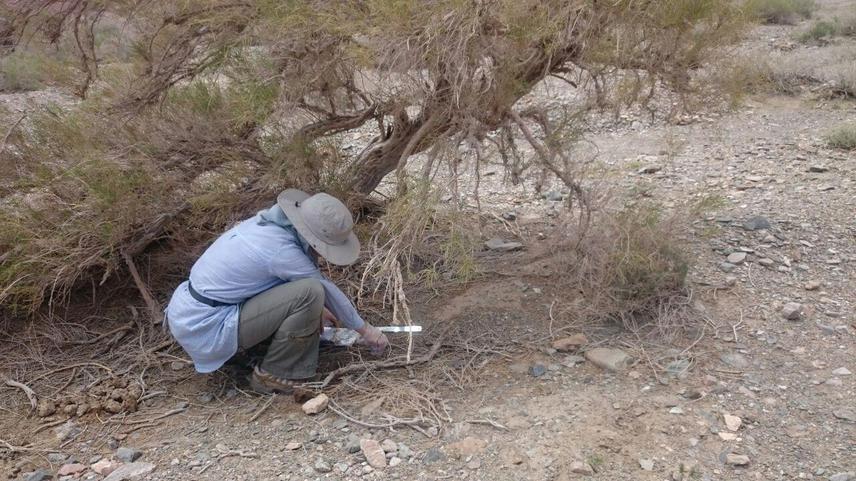Leili Khalatbari
This project aims to improve the knowledge about the critically endangered cheetah (Acinonyx jubatus venaticus) in Iran through having a better understanding of their distribution, genetic structure, demography, connectivity of possible sub-populations, possible competitors and comparison with African population. Non-invasive genetic samples (scat samples) will be collected in the field throughout their known distribution and genotyped with microsatellites. The results will allow defining more accurately the species distribution, estimating population size, demography and genetic diversity.
These data will provide scientific justifications for future conservation actions. Project outcomes will be disseminated among national/international authorities for considering in their future conservation planning. Moreover, we will have activities to raise local people’s awareness about the importance of this threatened species, mainly for drivers and shepherds to reduce number of cheetahs being killed in roads or by shepherds and their guarding dogs.

Cheetahs have undergone a huge reduction in population size and range over the past century both in Africa and in Asia. The decline was so extreme in Asia that currently only a single metapopulation persists in the central deserts of Iran. Expert based population size is currently estimated to be less than 50 individuals. Their distribution is known but we do not know whether or not this metapopulation is divided into sub-populations, and if there is gene flow among them. Population size estimation was always done based on camera trapping which is a good approach but is not sufficient for such an elusive species. Genetic approach could be an alternative as it could provide information not only on population size and structure but also on other life aspects such as level of inbreeding.
In this project we are going to collect non-invasive samples in their known distribution to assess population size, population structure and relatedness. These data are crucial for effective local conservation and management of species. As a conservation biologist, it is important for me to provide such information to local conservation authorities so they could provide more efficient management actions for conservation of species.
Also we will have activities for direct conservation of species, it includes raising awareness of local people in cheetah habitats with focus on drivers and shepherds. One of threats to survival of cheetahs in Iran is being killed in roads or by shepherds. To reduce number of cheetahs that are being killed in roads we will inform drivers who are passing these roads about the importance of cheetah and ask them to be more aware while driving in the specified road to prevent any collision. To prevent shepherds from killing cheetahs due to conflicts that they may cause, we will inform them about the critical status of cheetahs and importance of protecting them and provide information on how they could compensate any damage caused by carnivores to their livestock.